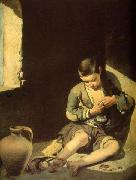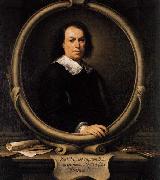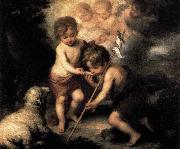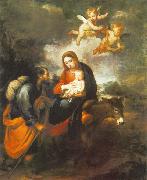
Pintura
al óleo, una gusto verdadero de los viejos maestros
|
|
|||
|
Bartolome Esteban Murillo
|
|||
| Spanish 1618-1682 Bartolome Esteban Murillo Galleries | |||
|
|
|||

| |||
|
|
|||
|
|
|||

| |||
|
|
|||
|
|
|||

| |||
|
|
|||
|
|
|||

| |||
|
|
|||
|
|
|||

| |||
|
|
|||
|
|
|||
| Artista Previo Próximo Artista | |||









